Understanding how to create feminized cannabis seeds is a blend of art and science. It involves a deep dive into cannabis genetics and hormone manipulation to turn female plants into seed-producing powerhouses, all without the need for male plants. This guide, “Step-by-Step Process: How to Make Feminized Cannabis Seeds,” is designed to unveil this fascinating process, providing you with the knowledge and steps to create your own feminized seeds. Whether you’re a seasoned grower or just starting, this guide will walk you through the entire process, from understanding the basic genetics to the final storage of your seeds.
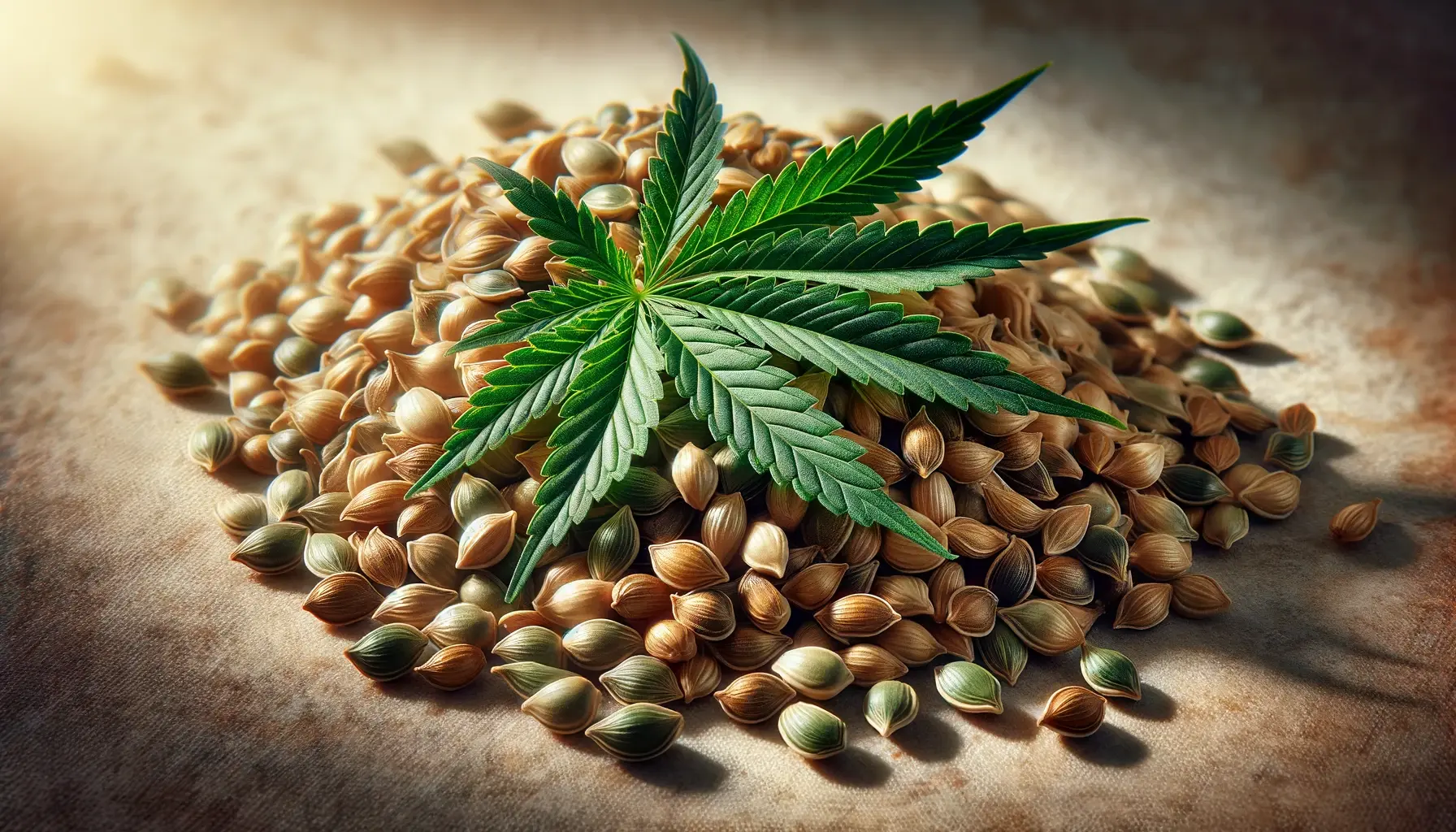
But whether we want it or not, the seeds Feminised marijuana seeds are a great help for growers who have little cultivation space or with little time to invest in sexing regular seeds. With the feminized cannabis seeds we have the certainty that our plants will be of the desired sex and we can optimize our time and culture space.
Before explaining how to create your own marijuana seeds feminized, it would be interesting for you to understand why this method makes us obtain such results. We will start with a brief explanation of genetics, although later on you will see that cannabis sativa plants do not work exactly like that, but it will help us to understand it.
Genetic Fundamentals and the Role of Hormones
Understanding the genetics and hormonal influences in cannabis is crucial for any grower looking to produce feminized seeds. Cannabis plants are naturally dioecious, meaning they typically develop as either male or female plants. This gender distinction plays a vital role in the reproductive cycle of cannabis.
The Genetics of Cannabis Sex Determination
The sex of a cannabis plant is determined by its chromosomes. Like humans, cannabis plants have two sex chromosomes, X and Y. A plant with XX chromosomes will develop as female, and a plant with XY chromosomes will develop as male. In regular breeding, a male (XY) and a female (XX) plant are crossed, resulting in a mix of male and female offspring.
Hormonal Influence on Cannabis Plant Sex
Cannabis plants do not strictly follow the genetic XX/XY determination seen in animals. Instead, their sex can also be influenced by environmental factors and the internal hormonal balance, primarily involving gibberellins and ethylene. These hormones play a pivotal role in the development and expression of sex in cannabis plants.
- Gibberellins: These hormones promote male characteristics. Higher levels of gibberellins in cannabis can encourage the development of male flowers, even in genetically female plants.
- Ethylene: This hormone is associated with female characteristics. In the presence of higher ethylene levels, a cannabis plant is more likely to develop female flowers.
By manipulating these hormones, growers can influence the sex of the plant. This is the foundation of creating feminized cannabis seeds. By adjusting the plant’s environment and hormone levels, it’s possible to induce a female plant to produce pollen, which is typically a male characteristic. This pollen, when used to fertilize another female plant, results in seeds that are almost exclusively female, as there is no male genetic material involved.

Preparing for Seed Feminization
Embarking on the journey to create feminized cannabis seeds requires thorough preparation. This stage is about setting up the right environment and choosing suitable strains for feminization. Here’s what you need to know to get started.
Selecting the Right Cannabis Strains
The choice of strain is crucial in the seed feminization process. It’s recommended to select strains that have a strong genetic profile and are known for their resilience and stability. Strains that are less prone to stress-related hermaphroditism are ideal candidates for feminization.
Setting Up the Growing Environment
Creating an optimal environment for your cannabis plants is vital. This includes controlling factors such as temperature, humidity, and lighting. A stable environment reduces plant stress, which is essential when inducing a female plant to produce pollen.
- Temperature and Humidity: Maintain a consistent temperature and humidity level that’s suitable for cannabis growth. Extreme fluctuations can stress the plants and affect the feminization process.
- Lighting: Ensure your plants receive the appropriate light cycle. For seed feminization, the light cycle will play a significant role, especially during the flowering stage.
Gathering Necessary Materials
Apart from the basic growing setup, additional materials are needed for the feminization process. These include:
- Silver Thiosulfate Solution (STS): This is a chemical solution used to induce stress in female plants, causing them to produce male flowers.
- Safety Equipment: When working with chemicals like STS, personal safety is paramount. Gloves, goggles, and a mask are essential to protect yourself.
- Spray Bottle: For applying the STS solution to the plants.
Preparing the Plants
Before beginning the feminization process, ensure your plants are healthy and well-established. The plants should be in the vegetative stage, as this is the ideal time to start the process of sex reversal.
Timing is Key
Timing the application of STS and other steps in the feminization process is crucial. The plants must be at the right developmental stage to ensure the successful production of feminized pollen.
With your strains selected, environment set up, materials gathered, and plants prepared, you’re now ready to move on to the actual process of feminizing your cannabis seeds. The next section will guide you through the detailed steps of the feminization process.
It is highly recommended that both the specimen that we have chosen to revert and the specimen that we want to pollinate come from regular and non-feminized seeds, in this way we will greatly reduce the possibility of obtaining hermaphroditic seeds ensuring good results.
The Feminization Process: Techniques and Steps
The core of creating feminized cannabis seeds lies in the feminization process. This involves inducing a female plant to produce male flowers and, subsequently, pollen. This pollen, when used to fertilize another female plant, results in feminized seeds. Here’s a step-by-step guide on how to achieve this.
Step 1: Inducing Stress in Female Plants
- Using Silver Thiosulfate (STS): The most common method for feminizing seeds is using a Silver Thiosulfate solution. STS is a chemical agent that inhibits the production of ethylene, a hormone responsible for flowering and sex differentiation in plants. By applying STS, you can trick a female plant into producing male flowers.
- Application: Prepare the STS solution as per instructions and apply it to the female plants. The application should be done during the early flowering stage, typically five days after the light cycle has been changed to 12/12 (12 hours of light and 12 hours of darkness).
Now we will prepare the Silver Thiosulfate
Preparing for Seed Feminization:
- Table for Necessary Materials:
Material Purpose Silver Thiosulfate (STS) To induce stress in female plants Safety Equipment For personal protection (gloves, goggles, mask) Spray Bottle To apply STS solution
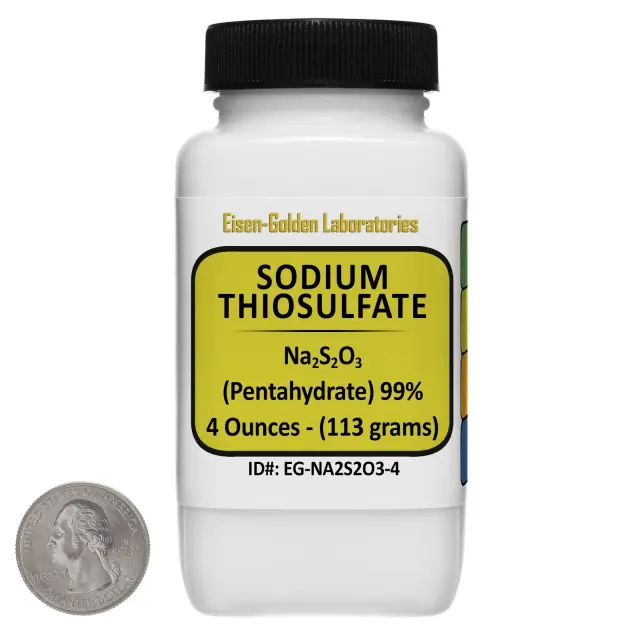
The first product we will need will be Sodium Thiosulfate, which can be bought cheaply in 250gr or 500gr tubs or bags. The second product that we should buy is Silver Nitrate which is more expensive but a small bottle goes a long way..
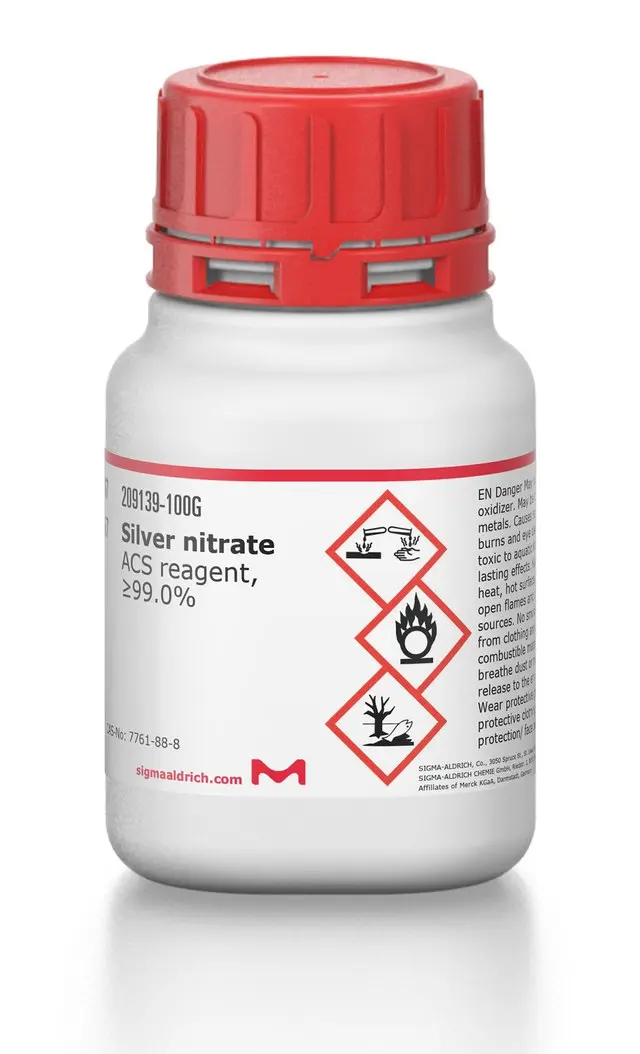
We do not have everything yet; We are also going to need two glasses and a plastic spoon, a bottle with a plastic stopper and distilled water, as well as a sprayer. It is very important that during the elaboration, storage and application of the STS we do not use anything metallic, since the metal could modify our preparation a lot, taking away all its effectiveness.
The Feminization Process: Techniques and Steps:
- Table for Step-by-Step Guide:
Step Description Inducing Stress Apply STS to female plants Monitoring Observe development of male flowers Collecting Pollen Harvest pollen from male flowers Pollinating Apply pollen to another female plant Harvesting Seeds Collect mature feminized seeds
Both the diluted dosage (1: 4) and the number of sprays and time in which they are made, are designed to revert Indica or Hybrid varieties, since the sativa varieties are more complicated to reverse due to their long flowering. To balance the time it takes for a reverted specimen to give fertile pollen with the optimum flowering time to be pollinated with our other specimen, it is advisable to flower the specimen that we are going to revert fifteen or twenty days before beginning the flowering of the specimen that will be pollinated.
The STS can be kept in a cool place without light for up to fifteen days, although it is best to prepare it just before spraying, use it and discard the rest, since the ease with which it is prepared it will scarcely take thirty minutes once we get the point.
In this way we will have all the effectiveness of the product that will help us forcing the plant to modify its ethylene levels thus reversing its sex. Realizing the steps well and trying to take a stress-free crop for our plants we can ensure 99% of feminized seeds. The Silver Thiosulfate (STS), also sold already prepared in most grow-shops, although the amounts to dilute and number of sprays changes with respect to those mentioned.
Step 2: Monitoring Plant Changes
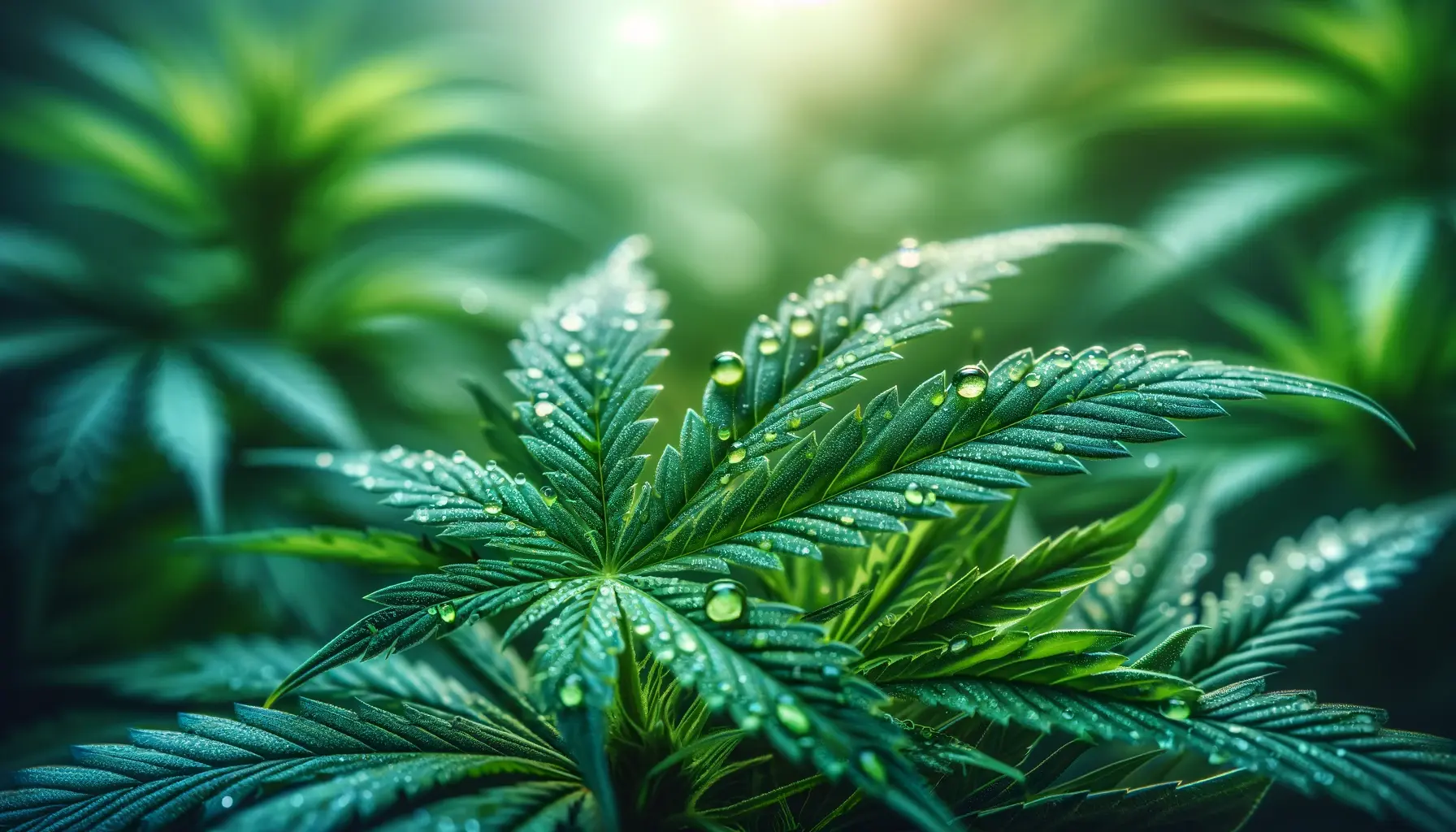
- Observation: After applying STS, closely monitor the plants for changes. You should start seeing male flowers developing on the treated female plants.
- Timeframe: The development of male flowers can take a few weeks. Patience is key during this period.
To reverse the sex of the selected specimen, we will we will apply a spraying of STS in 1: 4 on the fifth day of the beginning of flowering, or what is the same, five days after having changed its light cycle to 12/12 soaking all the leaves of the plant and its backs. Spraying will be done at the beginning of the dark period and with all the ventilation turned off, allowing the plant to slowly absorb the product.
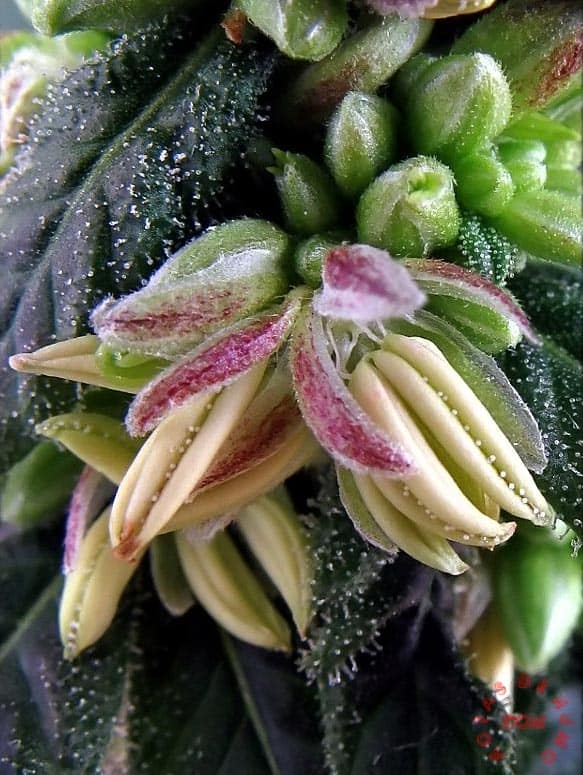
To avoid spraying other plants accidentally, it is advisable to spray outside our indoor (in a dish of shower for example) leaving the plant there all the period of darkness and moving it back to the indoor at the beginning of the period of light. It is also advisable to cover the substrate so that no remains of the spray fall into it.
Step 3: Collecting Pollen
- Harvesting Pollen: Once the male flowers are fully developed and start releasing pollen, collect this pollen carefully.
- Storage: Pollen can be stored in a cool, dry place for short-term use or in a freezer for long-term storage.
The second and final application will also be done with STS in 1: 4 on the fifteenth day of the beginning of flowering, or what is the same , ten days after the first spray, in the same way, at the beginning of the dark period and with the ventilation completely off so that it absorbs the product well. This issue will soon begin to create male flowers that will produce the pollen we will use to pollinate another specimen that will result in fully feminized seeds.
Step 4: Pollinating Another Female Plant
- Choosing a Plant: Select another healthy female plant for pollination. This plant should be at the right flowering stage, typically two to three weeks into the flowering cycle.
- Applying Pollen: Gently apply the collected pollen to the pistils of the female flowers on the chosen plant.
The plant that has been chemically treated and used for pollination must be entirely discarded after its purpose is served. Due to the application of Silver Thiosulfate (STS), it is unsafe for consumption or for extracting resin, oil, or similar products.
The toxicity of the treated plant necessitates its complete disposal. It is also not advisable to use it for self-pollination to produce seeds, as this would result in contaminated seeds. Conversely, the plant that has been pollinated to yield the desired feminized seeds remains safe for use. Once the seeds are harvested, this plant can be utilized for any intended purpose, as it remains free from harmful chemicals.
Step 5: Harvesting Feminized Seeds
- Waiting for Seed Development: After successful pollination, the female plant will start developing seeds. Allow sufficient time for the seeds to mature fully.
- Harvesting: Once the seeds are mature, carefully harvest and dry them.
Harvesting and Storing Your Feminized Seeds
After successfully pollinating a female plant with feminized pollen, the next crucial steps are harvesting and storing the seeds. This final stage ensures the viability and longevity of your feminized seeds. Here’s how to do it effectively.
Harvesting Feminized Seeds
- Timing is Crucial: Wait until the seeds are fully mature before harvesting. This typically occurs when the seed pods (calyxes) on the plant start to burst open, revealing the seeds.
- Gentle Harvesting: Carefully extract the seeds from the calyxes. Avoid damaging the seeds as this can affect their germination rate.
- Cleaning and Sorting: Clean the seeds of any plant material and sort them, discarding any seeds that appear underdeveloped or damaged.
Storing Feminized Seeds
- Ideal Conditions: Store your seeds in a cool, dark, and dry place. Excessive heat, light, or moisture can reduce their viability.
- Use Airtight Containers: Store seeds in airtight containers to protect them from environmental factors. Adding a desiccant packet can help maintain dryness.
- Labeling: Clearly label the containers with the strain name and the date of harvest. This helps in keeping track of your seed inventory and ensures proper rotation.
Long-term Storage
- Refrigeration: For long-term storage, seeds can be kept in the refrigerator. This slows down the aging process and preserves their germination capacity for longer.
- Freezing: Seeds can also be frozen for very long-term storage, but this method requires careful defrosting to prevent moisture condensation, which can damage the seeds.
Here’s a simple table to summarize the storage guidelines:
| Factor | Ideal Condition |
|---|---|
| Temperature | Cool (6-8°C / 43-46°F) |
| Humidity | Low (20-30%) |
| Light | Absent (Store in darkness) |
| Container | Airtight and moisture-resistant |
By following these harvesting and storage tips, you can ensure the long-term viability of your feminized cannabis seeds.




